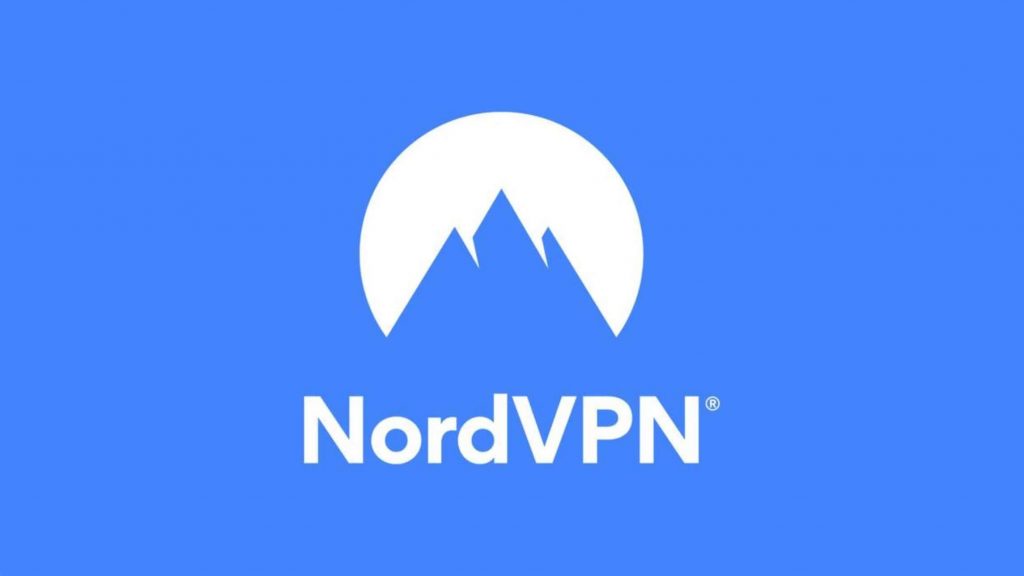

Some people may not need a VPN to encrypt their web activity and Mac IP address rather, they may want to connect to a private network remotely, like that of a school or business. Kaspersky VPN – Mac App On Manual Configuration Download the VPN app either through the app store or from the VPN’s website directly.Cons: Not every VPN will have apps for all of your devices, although most, if not all, have macOS apps.

VPN apps, aside from being easy to set up and use, also come with kill switches that shut down all web browsers and apps if the connection fails. Pros: VPN apps let us connect to servers with one click and change servers with another click (think of it like Amazon’s 1-Click Ordering, but for VPNs).When we test out VPNs, we always download the VPN’s app for macOS onto our 2011 MacBook Pro, and this is by far the most straightforward method. However, there are a few other ways to skin the cat. The easiest way to set up a VPN on your Mac is to download the VPN app itself. Thus, as of now, there isn't anything to retrieve the password from.So you’ve chosen a VPN, now what? The next step is setting up the software.

Looking at the keychains in the Keychain Access application, I see only entries of kind IPSec Shared Secret in the system keychain and nothing in the login keychain or local items.

It would be a great plus if that wouldn't even ask me to enter a password but retrieves it from the keychain instead. Installing another VPN client might solve that problem but you can also use a script as a workaround.Ī script or at least an alias is a good idea anyway because I'd like to have something as short as vpn connect "myVPN". People are discussing for years now whether this is actually a bug or a feature of the built-in VPN client in Mac OS. Unfortunately, it is required to enter the password every time I connect because the account password is not stored in the keychain. Both mentioned commands work with the built-in VPN client.


 0 kommentar(er)
0 kommentar(er)
